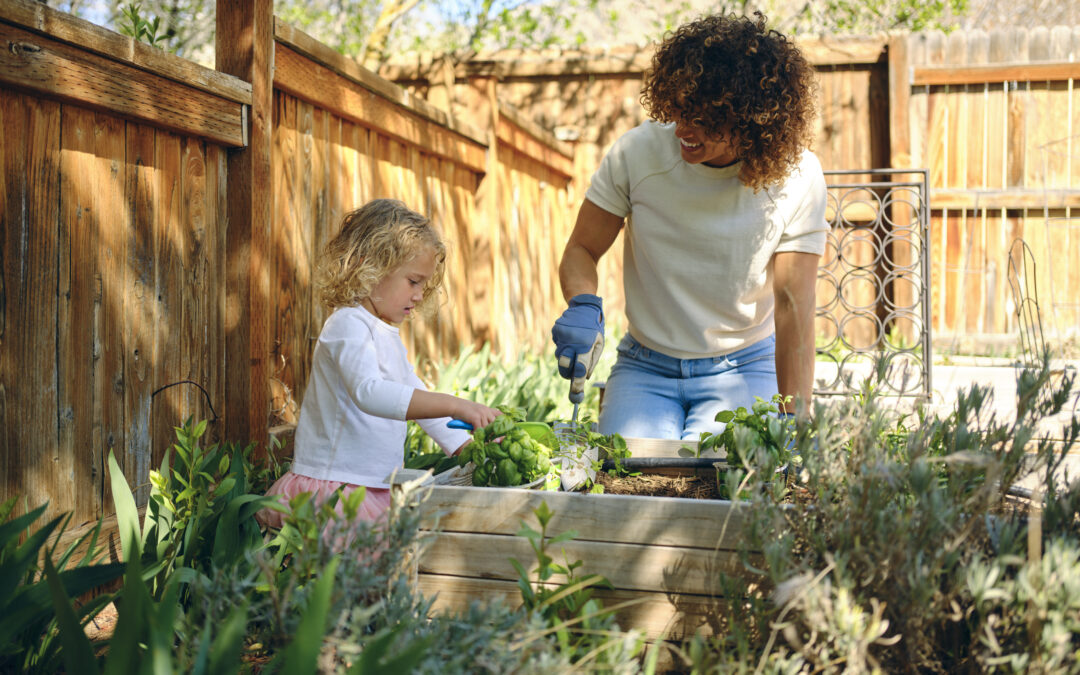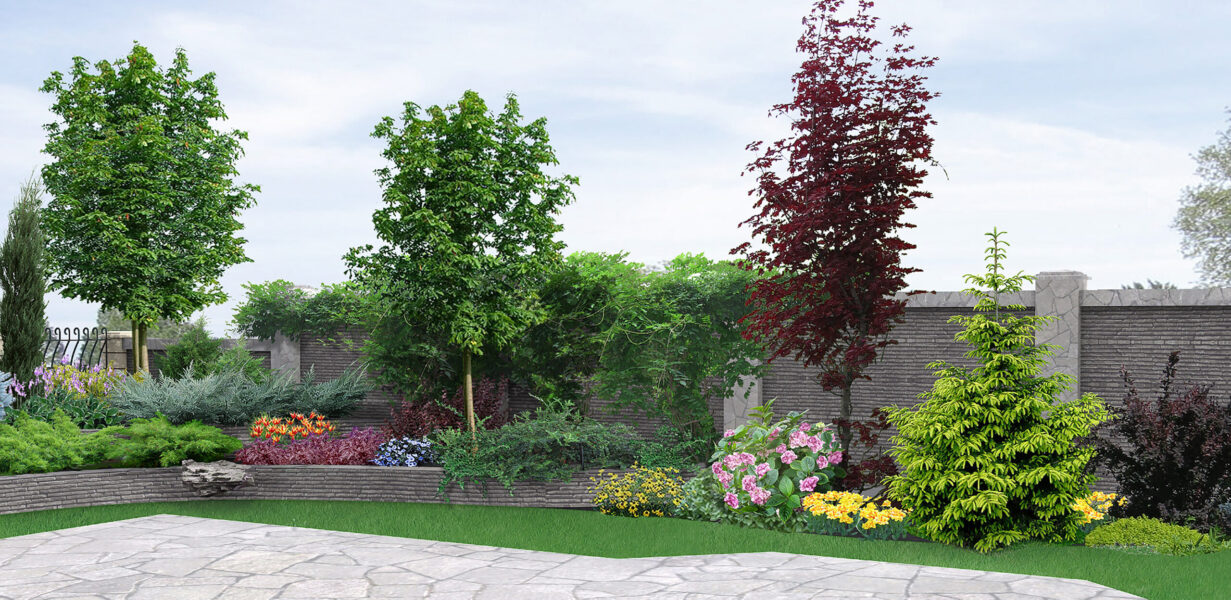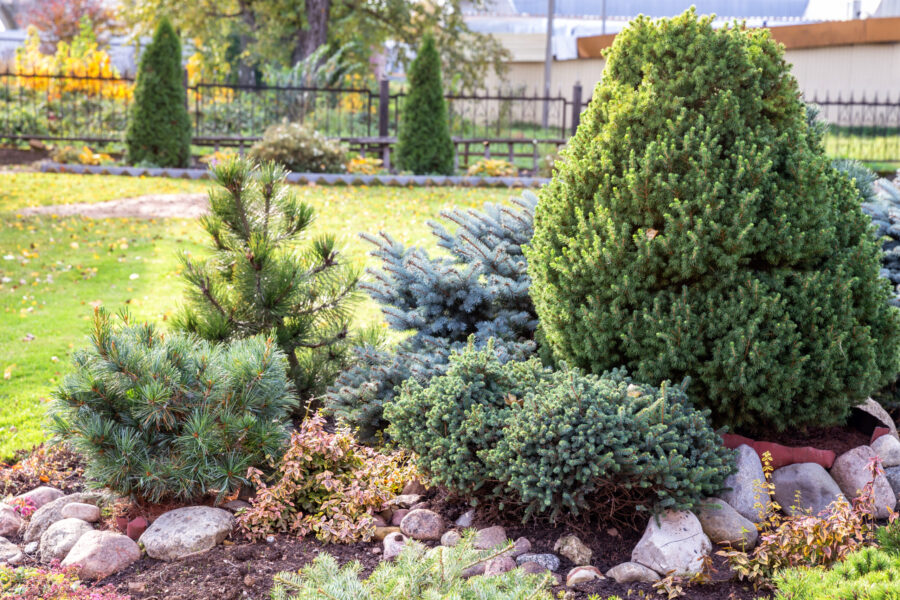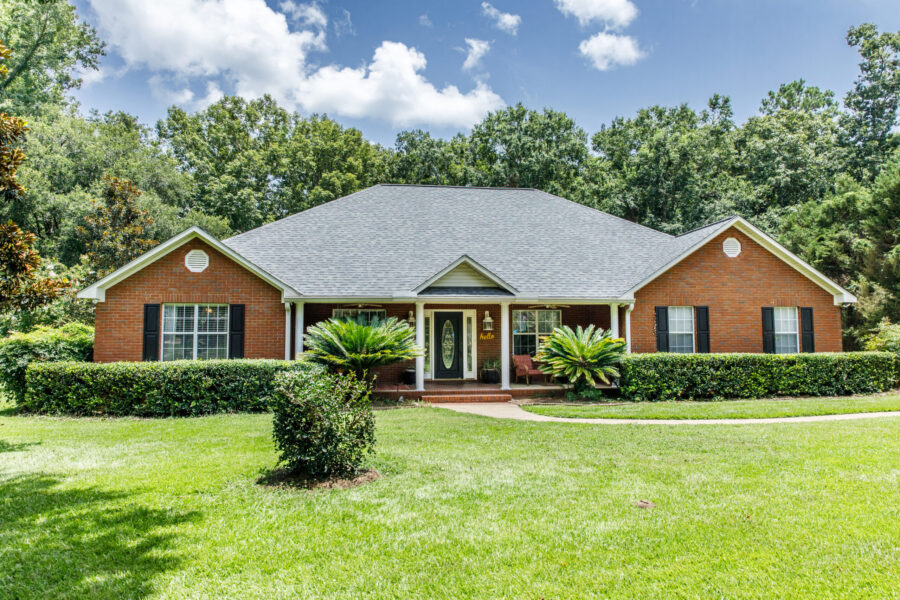As a beginner gardener, or a seasoned pro, creating a beautiful lawn and garden takes a lot of time and effort. In order to prevent confusion between the gardener and the landscape designer or materials suppliers, all parties need a common language. These landscape care terms for beginners provide you with practical information to make planning your dream garden easier.
1. Horticulture
Horticulture is not only the science, but the art of growing fruits, vegetables, flowers, or ornamental plants. The term breaks down into two Latin words: Hortus, meaning “garden,” and cultus meaning “cultivate.”
2. Landscape
Landscaping, also known as landscape architecture, is the arrangement and modification of features in a landscape, urban area, or garden. It includes the planning, design, and management of open spaces to create urban and rural environments. Therefore, a wide variety of projects, from parks and green spaces to gardens, sports venues, and large lots such as housing developments, industrial parks, universities, and hospital complexes include landscapes.
3. Softscape
Softscape or soft landscape includes all types of plants, from flowers and trees to shrubs and ground covers. As a consequence, it changes naturally and evolves over time, driven by climate, time of year, and other conditions. A point often overlooked is that careful consideration should be given to how much maintenance these items require to stay in good condition. Not only softscape is important to beautiful landscape, but hardscape elements supplement softscape elements.
4. Hardscape
Softscape is the soft, growing stuff, like perennials, shrubs, succulents, and trees. In other words, softscape is alive. Hardscape is not. Hardscape is the tough stuff in your garden: concrete, brick, and stone. Inanimate elements of landscaping is what makes up a hardscape. Further, they are “hard” and unchanged, even if they are mobile and adaptable to the environment. They also have an impact on the soft environment. Hardscape includes walkways, walls, exteriors, performance areas, gazebos, and fences.
5. Materials for the beginner gardener
The beginner gardener often sees stone and knows it stone, but not exactly what kind of stone it is. When conferring with a landscaper, understanding precisely the features, colors, and durability of each different stone is important. Speaking with a common language ensures both the client and the landscaper understand each other and are happy with the results.
1. Granite
Granite is usually light to dark gray, but it can also have a green, yellowish, or reddish to brown color inclusion. Equally important, granite comes in fine to coarse-grained shape. Countless different types of granite are available in many colors and variations. That’s why granite is one of the most widely used materials in a homeowner’s exterior and interior. In addition, granite appearance varies when polished, honed, flamed, or blasted. Granite is mainly used for facades and masonry.
2. Sandstone
Sandstone is a high-quality natural stone. It’s a very pure sedimentary rock that consists primarily of quartz sand grains. A combination of several natural components compact over time by immense earthly forces to make sandstone. Sandstone is versatile. Consequently, sandstone has been a widespread, natural building material for centuries.
3. Limestone
Limestone is a very dense raw material that offers a wide range of colors, from cream to ocher yellow. In addition, sanding refines its unique set of colors. Another key point to remember is It’s available in slabs and stones, plus it comes in matte, polished, and much more. Limestone is used as a natural material both indoors and outdoors.
4. Marble
Marble is rock that has undergone a transformation in the ground due to very high pressure. The minerals (calcite, dolomite, aragonite) are often found in many different colors and patterns. Notably, marble is usually a light-colored stone that has dark inclusions. You may notice that marble is quite a popular and durable material for kitchen and bathroom countertops.
5. Natural Stone
Natural stones consist of a wide variety of materials determined by composition, color, and strength. Depending on the composition of the rocks and minerals, the physical properties of natural stones change. Additionally, the natural stones’ external appearance is also determined by the crystals and inclusions in the structure. For example, some frequently used natural stones include:
- Basalt
- Granite
- Limestone
- Marble
- Sandstone
- Slate
- Travertine
6. Concrete
Without a doubt, concrete is a very versatile material used in gardening and landscaping plans. In fact, from concrete pavement to paving slabs, the range of applications is vast. Concrete is the resulting mixture between water, cement, and mineral fillers such as sand and gravel of various grain sizes. Cement is the binding agent. Consequently, concrete does not set but it dries. Specifically, there is a chemical process changing the crystal structure of the cement and thus allowing it to harden. The longer it sets, the harder the concrete will be.
Creative Garden Design the Beginner Gardener Wants!
When it comes to creative design, you can rely on the expertise of the professionals at Aisling View. We offer a wide range of services in the field of garden design. Call us today at 317-636-9408 for a free estimate.
Are you on Facebook? We are, too. Let’s be friends!







Recent Comments